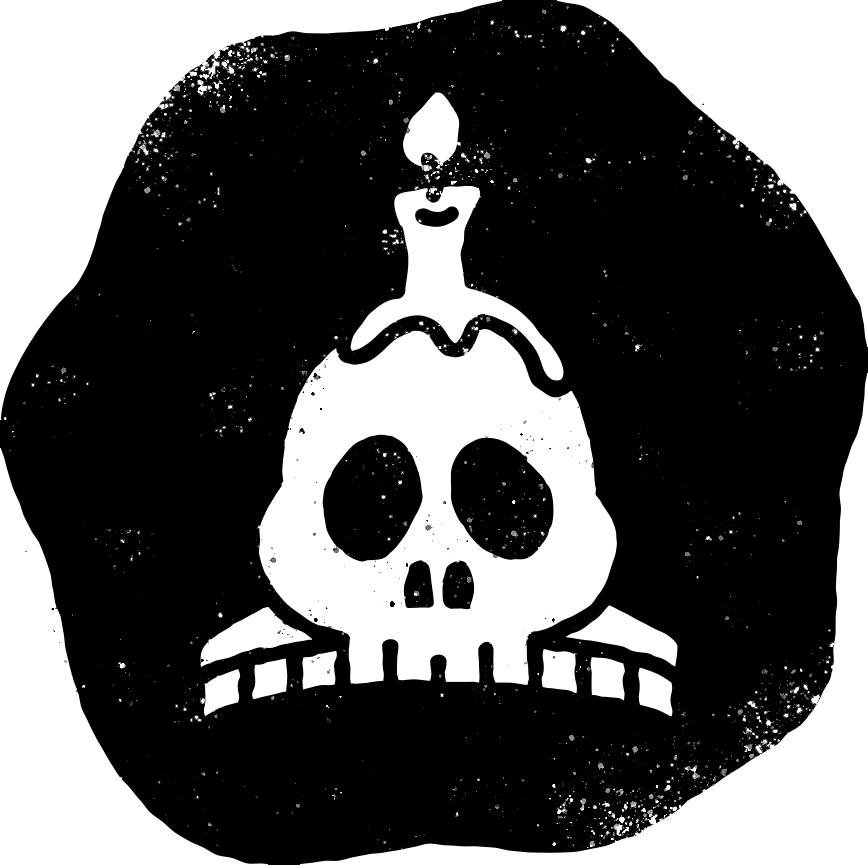New York City Farm Colony

Sunday was unseasonably warm and sunny, and in the morning I met my mom for breakfast downtown at the Pearl Diner. She asked what I was up to, and I told her that I planned to go to Staten Island and creep on the ruins of the old farm colony. She asked if I'd like company, and I said "of course," which is how I found myself exploring creepy abandoned buildings with my mother on a 65-degree day in February. I already knew my mom was not like a regular mom—she's a cool mom!—but her willingness and enthusiasm for an urban exploration adventure of questionable legality just cemented that impression.











I had known about the New York City Farm Colony ever since I moved here, but for some reason it popped into my head recently that I had to go check it out immediately. I remembered reading about the city selling the property to a developer for $1, and I knew that I'd regret not seeing it while it existed as ruins.
It was actually sold over a year ago and according to a New York Times article from January, 2016:
At a cost of about $91 million, Mr. Masucci would rehabilitate five remaining buildings on the site, tear down five others and preserve a 112-year-old men’s dormitory as a stabilized ruin. He would also construct three six-story apartment buildings and 14 multiple-unit townhouses, some with built-in garages, for a total of 344 condominiums. They would start opening next year.
Obviously the timeline was a bit ambitious, because over a year later there is virtually no evidence of new development (or clean-up of any kind) on the property aside from a few new sections of fencing.










The Richmond County Poor Farm was established in 1829 and it was renamed the New York City Farm Colony when Staten Island officially became a borough in 1898. The (mostly elderly) residents were required to work, which included actual farming of fruits, vegetables, wheat and corn. Residency declined after the implementation of Social Security, and in 1975 the facility closed and has sat abandoned ever since.










There are multiple buildings on the overgrown property, each in varying stages of decay. Some have collapsed, either partially or almost entirely, and some are more structurally sound. We went in a few of them, but they're mostly empty and covered in graffiti. Although the colony is not exactly a public park, we saw several other people walking around while we were there—groups of fellow explorers, at least one fashion photography session, and what appeared to be a movie being filmed (which featured a woman in a wheelchair that my mom and I both looked at each other and asked "do you see her too?").








My mom lamented the barren nature of the buildings, and I agree—abandoned places feel much spookier (and make for better photo subjects) if they still have stuff in them. Objects like chairs, beds, desks, papers or other relics of human life make buildings feel abandoned as opposed to merely empty. We did see a few things—a bed frame, a few chairs, a rusted desk—but these buildings have obviously been frequented by people for decades. We still had an incredible time exploring and it couldn't have been a more perfect day—just a normal Sunday outing for a mother and daughter who share a love of all things creepy and a questionable regard for authority.






